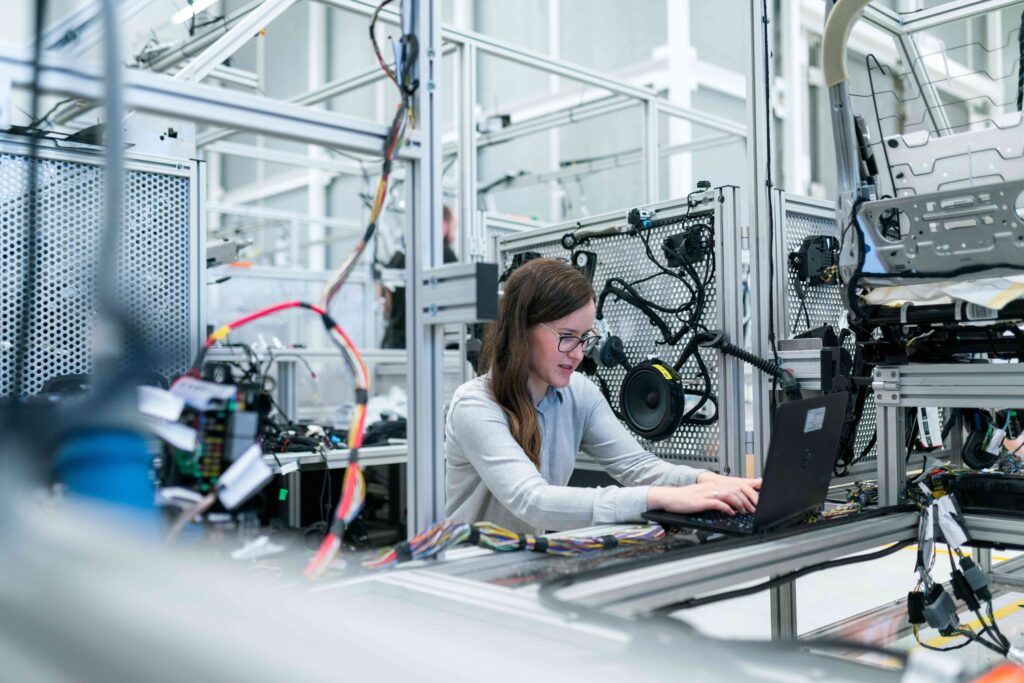In the ever-evolving landscape of modern technology, precision and accuracy are paramount. From automobiles to industrial machinery, maintaining optimal airflow is crucial for efficiency and performance. Enter the unsung heroes of this technological revolution: airflow sensors. In this article, we’ll dive into the world of airflow sensors, shedding light on their significance and exploring various aspects beyond their primary function. Join us on this journey as we unravel the secrets of these remarkable devices.
Unveiling the Innovations
While airflow sensors might not be the first thing that comes to mind when thinking about cutting-edge technology, they play an indispensable role in various industries. These sensors are designed to measure the rate and direction of airflow, ensuring that critical systems operate at peak efficiency. In automotive applications, for instance, airflow sensors help optimize fuel combustion, resulting in reduced emissions and improved fuel economy. Moreover, they enable modern HVAC systems to provide precise temperature and air quality control, enhancing comfort and energy efficiency in our daily lives.
Beyond the Numbers
Airflow sensors are not just about data collection; they represent the intersection of science and innovation. By harnessing the power of advanced materials and sensor technologies, manufacturers are continually improving the performance and durability of these devices. With the advent of micro-electromechanical systems (MEMS) technology, airflow sensors have become smaller, more reliable, and more versatile than ever before. This progress has opened doors to new applications, such as wearable devices that monitor personal airflow for health and fitness purposes. The era of personal airflow optimization is upon us.
Challenges and Future Horizons
Despite their incredible potential, airflow sensors face unique challenges. Harsh environmental conditions, such as extreme temperatures or contaminants, can affect their accuracy and longevity. However, ongoing research and development efforts are focused on overcoming these obstacles. Future innovations in airflow sensor technology aim to enhance their robustness, expand their range of applications, and improve their integration with emerging technologies like artificial intelligence and the Internet of Things (IoT). As a result, we can anticipate even more precise airflow control and monitoring across various industries.
High Performance Engine
In conclusion, airflow sensors may seem inconspicuous, but their impact on our technological landscape is undeniable. These tiny marvels enable us to achieve precision and efficiency in ways we might not even realize. As we continue to push the boundaries of what’s possible, airflow sensors will remain essential tools for optimizing performance and advancing the frontiers of technology. So, the next time you encounter a high-performance engine, a state-of-the-art HVAC system, or a cutting-edge wearable device, remember that behind the scenes, airflow sensors are silently revolutionizing our world.
Image Credits:
Pexels.com – ThisIsEngineering



